| 1.
|
Oluwaseun Sharomi, Tufail Malik,
A model to assess the effect of vaccine compliance on Human Papillomavirus infection and cervical cancer,
2017,
47,
0307904X,
528,
10.1016/j.apm.2017.03.025
|
|
| 2.
|
Aliya A. Alsaleh, Abba B. Gumel,
Analysis of Risk-Structured Vaccination Model for the Dynamics of Oncogenic and Warts-Causing HPV Types,
2014,
76,
0092-8240,
1670,
10.1007/s11538-014-9972-4
|
|
| 3.
|
Fei Xu, Ross Cressman,
Voluntary vaccination strategy and the spread of sexually transmitted diseases,
2016,
274,
00255564,
94,
10.1016/j.mbs.2016.02.004
|
|
| 4.
|
A. Omame, D. Okuonghae, R.A. Umana, S.C. Inyama,
Analysis of a co-infection model for HPV-TB,
2020,
77,
0307904X,
881,
10.1016/j.apm.2019.08.012
|
|
| 5.
|
A. Omame, R. A. Umana, D. Okuonghae, S. C. Inyama,
Mathematical analysis of a two-sex Human Papillomavirus (HPV) model,
2018,
11,
1793-5245,
1850092,
10.1142/S1793524518500924
|
|
| 6.
|
Raúl Peralta, Cruz Vargas-De-León, Augusto Cabrera, Pedro Miramontes,
Dynamics of High-Risk Nonvaccine Human Papillomavirus Types after Actual Vaccination Scheme,
2014,
2014,
1748-670X,
1,
10.1155/2014/542923
|
|
| 7.
|
Fernando Saldaña, Andrei Korobeinikov, Ignacio Barradas,
Optimal Control against the Human Papillomavirus: Protection versus Eradication of the Infection,
2019,
2019,
1085-3375,
1,
10.1155/2019/4567825
|
|
| 8.
|
Andrew Omame, Daniel Okuonghae,
A co‐infection model for oncogenic human papillomavirus and tuberculosis with optimal control and Cost‐Effectiveness Analysis,
2021,
0143-2087,
10.1002/oca.2717
|
|
| 9.
|
A. Omame, D. Okuonghae, S. C. Inyama,
2020,
Chapter 4,
978-981-15-2285-7,
107,
10.1007/978-981-15-2286-4_4
|
|
| 10.
|
Kai Zhang, Yunpeng Ji, Qiuwei Pan, Yumei Wei, Yong Ye, Hua Liu,
Sensitivity analysis and optimal treatment control for a mathematical model of Human Papillomavirus infection,
2020,
5,
2473-6988,
2646,
10.3934/math.2020172
|
|
| 11.
|
ALIYA A. ALSALEH, ABBA B. GUMEL,
DYNAMICS ANALYSIS OF A VACCINATION MODEL FOR HPV TRANSMISSION,
2014,
22,
0218-3390,
555,
10.1142/S0218339014500211
|
|
| 12.
|
Tufail Malik, Mudassar Imran, Raja Jayaraman,
Optimal control with multiple human papillomavirus vaccines,
2016,
393,
00225193,
179,
10.1016/j.jtbi.2016.01.004
|
|
| 13.
|
Ana Gradíssimo, Robert D. Burk,
Molecular tests potentially improving HPV screening and genotyping for cervical cancer prevention,
2017,
17,
1473-7159,
379,
10.1080/14737159.2017.1293525
|
|
| 14.
|
Abba B. Gumel, Jean M.-S. Lubuma, Oluwaseun Sharomi, Yibeltal Adane Terefe,
Mathematics of a sex-structured model for syphilis transmission dynamics,
2018,
41,
01704214,
8488,
10.1002/mma.4734
|
|
| 15.
|
Shasha Gao, Maia Martcheva, Hongyu Miao, Libin Rong,
A two-sex model of human papillomavirus infection: Vaccination strategies and a case study,
2022,
536,
00225193,
111006,
10.1016/j.jtbi.2022.111006
|
|
| 16.
|
Fernando Saldaña, José A Camacho-Gutiérrez, Geiser Villavicencio-Pulido, Jorge X. Velasco-Hernández,
Modeling the transmission dynamics and vaccination strategies for human papillomavirus infection: An optimal control approach,
2022,
112,
0307904X,
767,
10.1016/j.apm.2022.08.017
|
|
| 17.
|
A. Omame, D. Okuonghae, U. E. Nwafor, B. U. Odionyenma,
A co-infection model for HPV and syphilis with optimal control and cost-effectiveness analysis,
2021,
14,
1793-5245,
10.1142/S1793524521500509
|
|
| 18.
|
Shasha Gao, Maia Martcheva, Hongyu Miao, Libin Rong,
The impact of vaccination on human papillomavirus infection with disassortative geographical mixing: a two-patch modeling study,
2022,
84,
0303-6812,
10.1007/s00285-022-01745-z
|
|
| 19.
|
丽娜 王,
Dynamic Analysis of a Kind of HPV Transmission Model Incorporating Media Impact and Early Screening,
2024,
13,
2324-7991,
3845,
10.12677/aam.2024.138366
|
|
| 20.
|
Arsène Jaurès Ouemba Tassé, Berge Tsanou, Cletus Kwa Kum, Jean Lubuma,
A mathematical model on the impact of awareness and traditional medicine in the control of Ebola: case study of the 2014–2016 outbreaks in Sierra Leone and Liberia,
2024,
0272-4960,
10.1093/imamat/hxae025
|
|
| 21.
|
Roya Khalili Amirabadi, Omid S. Fard, Mohsen Jalaeian Farimani,
Towards optimal control of HPV model using safe reinforcement learning with actor–critic neural networks,
2025,
264,
09574174,
125783,
10.1016/j.eswa.2024.125783
|
|
| 22.
|
Henok Desalegn Desta, Getachew Teshome Tilahun, Tariku Merga Tolasa, Mulugeta Geremew Geleso, Francisco R. Villatoro,
Mathematical Model of Human Papillomavirus (HPV) Dynamics With Double‐Dose Vaccination and Its Impact on Cervical Cancer,
2024,
2024,
1026-0226,
10.1155/ddns/9971859
|
|
| 23.
|
Sylas Oswald, Eunice Mureithi, Berge Tsanou, Michael Chapwanya, Kijakazi Mashoto, Crispin Kahesa,
MCMC-Driven mathematical modeling of the impact of HPV vaccine uptake in reducing cervical cancer,
2025,
24682276,
e02633,
10.1016/j.sciaf.2025.e02633
|
|
| 24.
|
A. El-Mesady, Tareq M. Al-shami, Hegagi Mohamed Ali,
Optimal control efforts to reduce the transmission of HPV in a fractional-order mathematical model,
2025,
2025,
1687-2770,
10.1186/s13661-024-01991-8
|
|










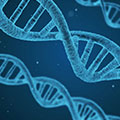
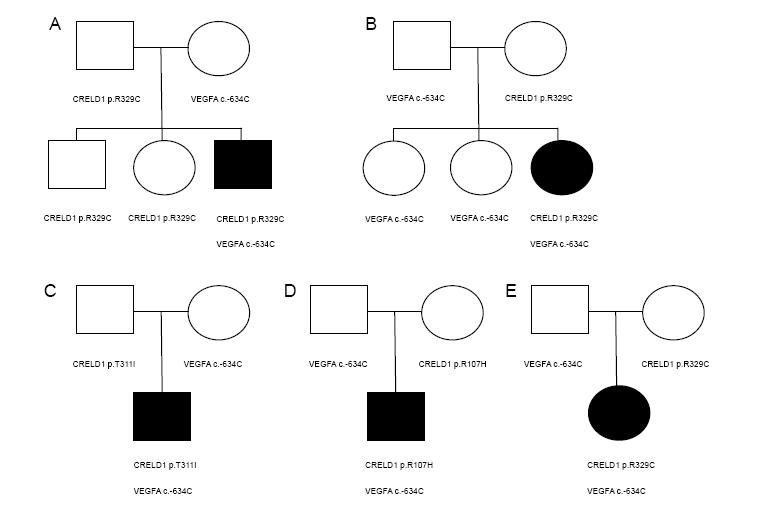
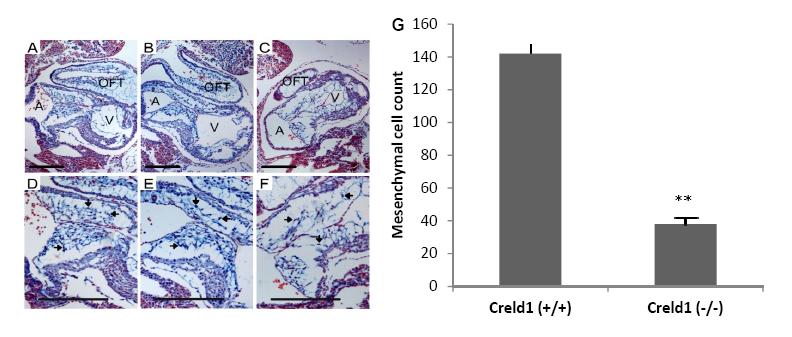

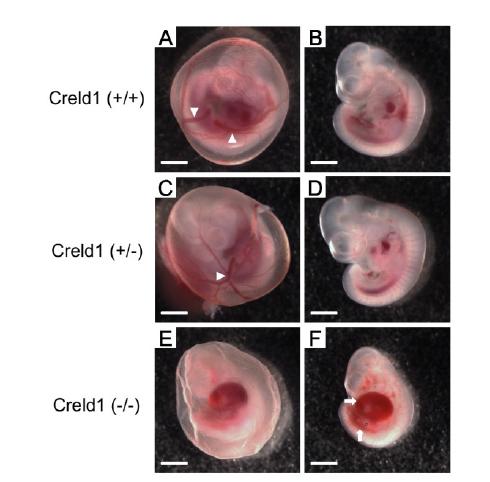
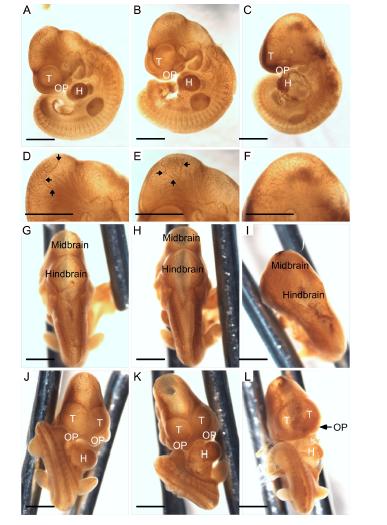



 DownLoad:
DownLoad: